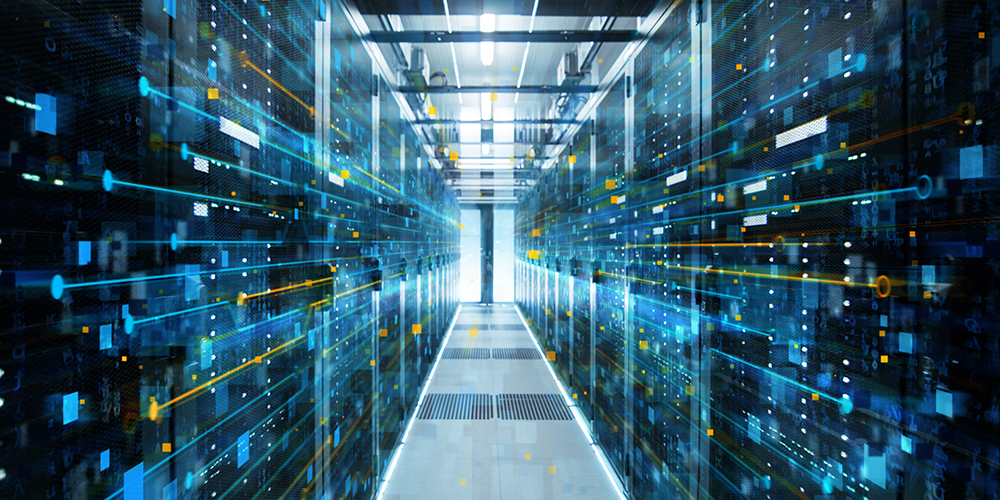With technology ever changing and progressing, more is demanded from your network than ever before. Cloud computing, along with multiple applications and huge amounts of data, demand a strong and healthy network. Read on to learn more about how to monitor your network and maximize its flexibility, efficiency and security.
Network Monitoring—The What and the Why
Network monitoring is a proactive part of a managed services plan, alerting a business to hazards both within the network and attacks from outside. First, network monitoring can show where there are poorly functioning circuits leading to disconnections, or bottlenecks in the system. Network outages due to these causes, along with natural disasters and power outages, can cost a business in terms of loss of revenue, downtime, and loss of reputation from data leaks. Second, network monitoring can identify external threats such as denial of service attack and potential ransomware intrusion attempts.
The Where and How of Network Monitoring
If a hazard or intrusion is identified quickly, it can be dealt with quickly, keeping a problem from escalating. For example, it can find potential holes where data can be leaked or lost. Also, excessive bandwidth consumption can be identified, so that computing resources can be directed toward mission-critical applications. Unauthorized users can be detected, to protect the network from those who should access it. Software-defined Wide Area Networks (SD-WAN) is a system in which multiple carriers are used, affording the business additional flexibility; if one part of the network is down, another part can pick up the traffic, allowing for uninterrupted service. Remote network monitoring can save time and money by eliminating the need for an IT professional to come to the office to diagnose a problem. The monitoring is done 24/7 and can be based on a fixed-price service agreement.
It’s never too soon to develop a plan to keep your network healthy and secure. Contact your trusted technology advisor today to get started.

